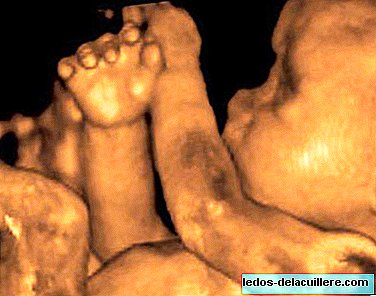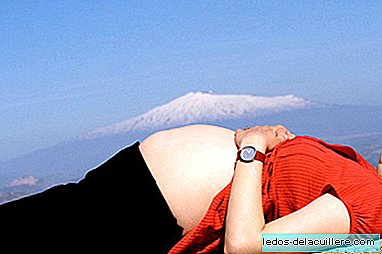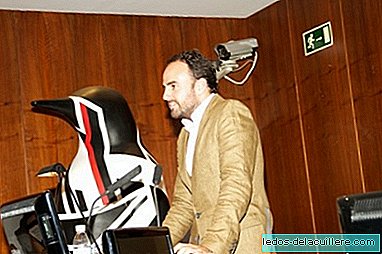
The techniques that are currently used to detect problems in the functioning of the baby's heart may be insufficient. A morphological ultrasound is performed during pregnancy and a physical examination of the baby after birth, but according to a study in the United Kingdom, pulse oximetry, or pulse oximetry, is a simple and non-invasive test what should be done to all babies to detect heart disease in newborns.
Occasionally, some cardiac abnormalities go unnoticed and babies leave the hospital with undiagnosed problems, so they recommend that pulse oximetry should be adopted as a method of routine assessment of all newborns before hospital discharge.
The test consists of measuring the oxygen transported by hemoglobin inside the blood vessels. A sensor is placed, in infants it is usually placed on the big toe, which based on the ratio of change in absorbance of red and infrared light caused by the difference in colors between oxygenated and non-oxygenated blood can perform a measurement of the oxygenation of hemoglobin in the blood.
To assess the feasibility of the test, the researchers performed a pulse oximetry before hospital discharge to more than 20,000 apparently healthy newborns and then followed them until they reached 12 months.
The results have been conclusive. They managed to detect the 75% of critical cases and 49% of major congenital heart disease. The pulse oximetry detection rate, excluding 35 cases of suspected congenital heart defects from prenatal ultrasound, was 58% of critical cases and 28% of all important cases.
Combining pulse oximetry with routine prenatal ultrasound and a physical examination of the newborn, the detection of critical congenital defects reached 92%, and no child died from an undiagnosed heart disease.
Although, as we well know, it is not easy to establish, there are compelling data to state that it is "a safe, non-invasive, feasible and reasonably accurate test" detect heart disease in newborns that otherwise would not be identified.












